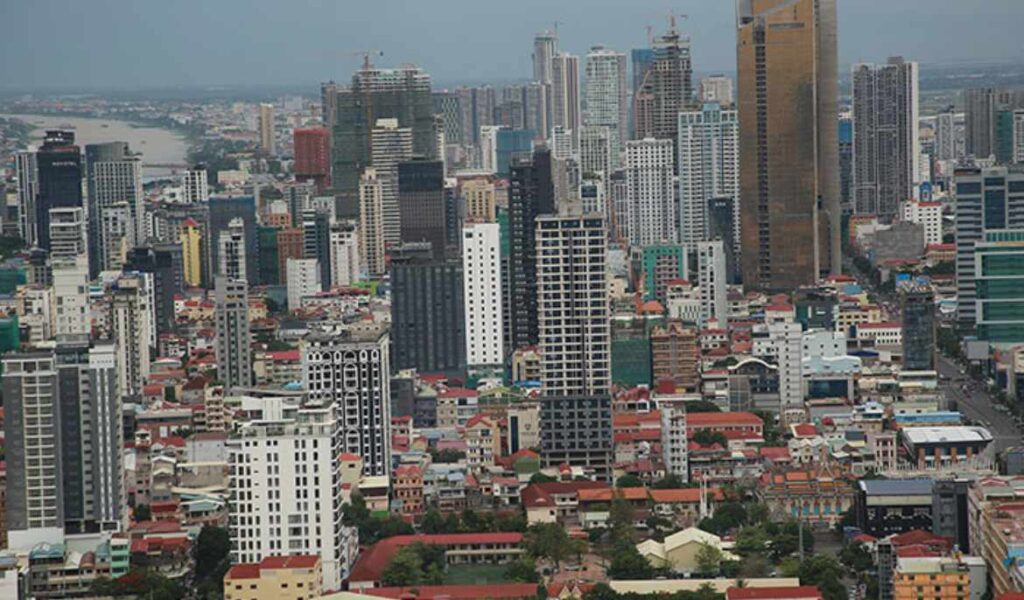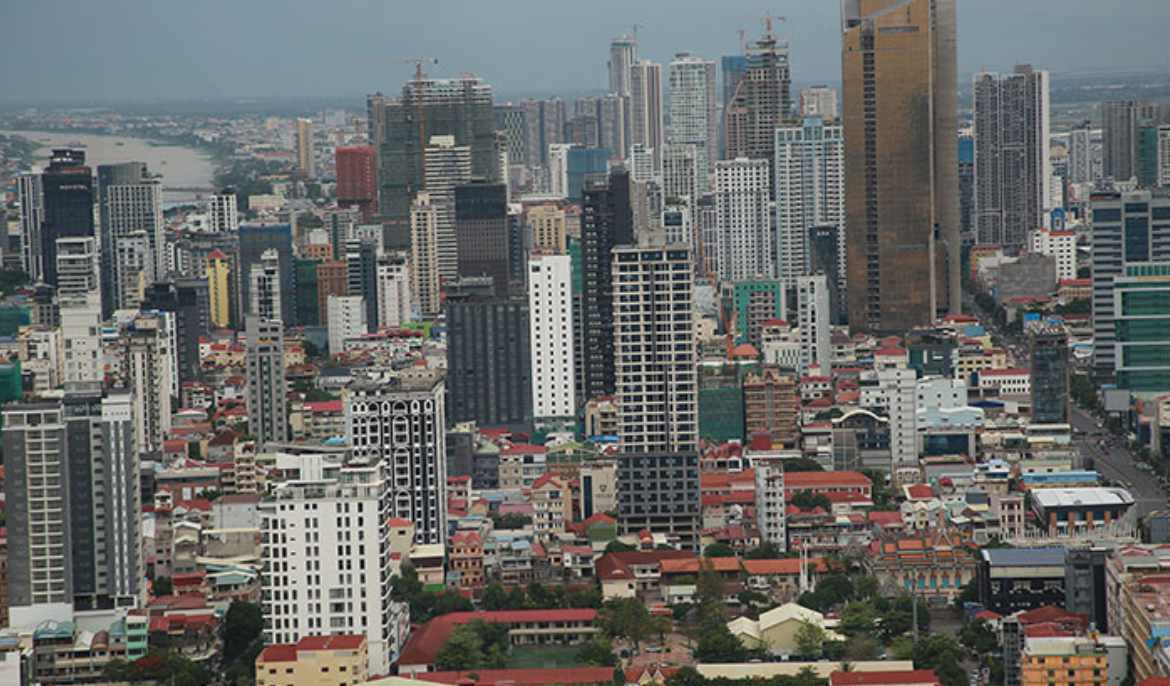Synopsis: Despite geopolitical tensions and sluggish global recovery, Cambodia remains resilient and committed to development.
Cambodia’s economy is projected to expand by 6.3 percent in 2025, fueled by continued growth in the industry, services, and agriculture sectors, said Prime Minister Hun Manet on Sunday.
The country’s Gross Domestic Product (GDP) is expected to reach $51.39 billion, with per capita income rising to $2,924, up from $2,713 in 2024.
In a message released on the occasion of the 8th National Technical and Vocational Education and Training Day on June 15, Mr Hun Manet said the forecasted growth reflects improvements in the living standards of Cambodians and marks a positive step amid an uncertain global economic environment.
“Cambodia stands at a turning point,” he said, adding, “We must seize this golden opportunity to further industrialise, diversify our economy, and enhance our regional and global economic integration.”
He stressed that despite challenges such as geopolitical tensions and sluggish global recovery, Cambodia remains resilient and committed to development.
The Prime Minister also underscored the importance of lasting peace and political stability in creating a conducive environment for socio-economic growth. These conditions, he noted, have helped preserve macroeconomic stability, attract private investment, and spur entrepreneurship.
“These are the engines of growth that generate employment and raise the living standards of our people,” Mr Hun Manet said.
The government remains focused on increasing productivity, improving infrastructure, and deepening economic connectivity to ensure sustainable and inclusive development in the years ahead.
Seun Sam, a policy analyst at the Royal Academy of Cambodia, has praised the Royal Government for maintaining strong economic momentum but cautioned that sustaining 6.3 percent growth in 2025 will require strategic planning and resilience amid global and regional uncertainties.
Speaking to Khmer Times, Sam said that although Cambodia has made notable progress in recovering from the COVID-19 pandemic and expanding its economic base, several global and regional challenges could pose risks to the Kingdom’s growth trajectory.
“In my view, maintaining a 6.3 percent economic growth rate in 2025 will be challenging, as we are facing a range of external issues. These include the ongoing Russia-Ukraine war, the prolonged Israeli-Palestinian conflict, and more recently, rising tensions between Israel and Iran — a major global oil producer,” he said. “In addition, the US economy remains unstable. All of these factors impact global supply chains and demand.”
He noted that Cambodia also faces potential difficulties with Thailand, a major trade partner and key buyer of Cambodian agricultural products. “Trade between Cambodia and Thailand significantly contributes to our economy. But increased regional competition and political tensions could pose new obstacles,” he added.
Despite these challenges, Sam believes that 6.3 percent growth is still within reach. “It is attainable provided Cambodia strengthens its domestic production, particularly by processing agricultural goods locally. This adds value, creates jobs, and reduces post-harvest losses.”
He also urged the government to conduct detailed assessments of domestic needs for food supplies at the local level. “Understanding how much vegetables, fish, and meat are needed per commune or province can help us reduce reliance on imports and generate jobs. I believe that when everyone has a job, the economy will grow,” he said.
Cambodia’s economy has shown resilience amid heightened global uncertainty, supported by solid export performance and a partial rebound in private consumption, according to the World Bank’s latest Cambodia Country Economic Update.
However, the report projects economic growth will ease to 4.0 percent in 2025 and 4.5 percent in 2026, reflecting external and domestic challenges, including volatile global conditions, shifting trade dynamics, a prolonged property sector slowdown, and tighter credit.
“Economic diversification is critical for Cambodia to sustain growth and job creation,” said Tania Meyer, World Bank Country Manager for Cambodia. “By moving beyond construction and garment exports and promoting high value-added manufacturing and services, Cambodia can better navigate ongoing uncertainty.”
In the first quarter of this year, exports rose by 11.6 percent year-on-year, led by garments, footwear, travel goods, and bicycles. International tourist arrivals grew by 16.1 percent but remained below pre-pandemic levels. Meanwhile, rising imports of consumption goods such as food, vehicles, and garments reflected a gradual recovery in household spending.
On the external front, stronger remittance inflows and tourism receipts helped offset a widening trade deficit. International reserves stood at $24.7 billion. Broad money supply grew by 19.0 percent year-on-year, reflecting supportive monetary conditions. Inflation edged up to 3.7 percent, mainly due to rising food prices, while the banking sector faced rising non-performing loans.



